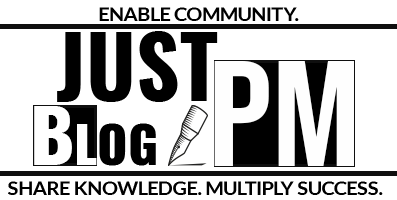Forecasting EAC by assuming that the remaining work will be done at the current Cost Performance Index (CPI) is based on the premise that the project’s future performance will mirror its past performance in terms of cost efficiency. Let’s explore its implications and scenarios where it might be most applicable.
Implications:
- Consistent Performance Assumption: This method assumes that the cost efficiency (or inefficiency) observed so far will continue for the remainder of the project.
- Relies on Historical Performance: The formula cumulative CPIEAC=BAC/cumulative CPI is based on the project’s historical cost performance. It doesn’t factor in potential changes in the project environment or any corrective actions that might be implemented.
- May Not Account for Future Changes: This method might not consider potential changes in costs, efficiencies, or other factors that could impact the project.
When is it Most Applicable?
- Stable Environments: In projects where the environment is stable and there are no anticipated changes in resources, technology, or other factors, this method might provide a reliable forecast.
- Consistent Overruns or Savings: If a project has consistently been over or under budget by a similar percentage, this method might provide a realistic estimate of the final costs.
- Long-Term Projects: For projects that span over a long duration, past performance can often be a good indicator of future performance, especially if the project environment remains consistent.
- External Factors: If there are external factors, like inflation or market-driven price changes, that have consistently impacted the project and are expected to continue, this method might be appropriate.
Caveats:
While this method can be useful in certain scenarios, it’s essential to approach it with caution. Solely relying on past performance can lead to inaccuracies, especially if changes are anticipated in the project’s future. It’s always a good practice to:
- Continuously monitor and adjust forecasts as new data becomes available.
- Regularly review risks and update the risk register.
- Engage stakeholders and keep them informed about the forecasting method and its implications.
- Use this method in conjunction with other forecasting techniques to get a comprehensive view.
In conclusion, while the “EAC forecast for ETC work performed at the current CPI” is valuable in a project manager’s toolkit, using it judiciously and in the right context is crucial. The project manager must always be vigilant and ready to adjust forecasts based on new information and changing circumstances.


